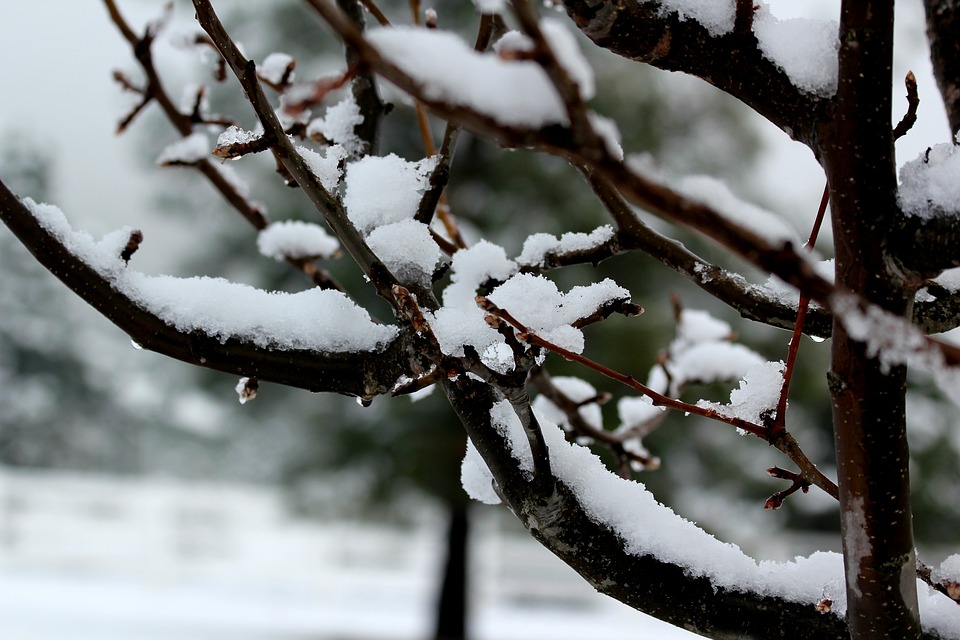 Glistening snow and ice can appear memorizing as they settle across your landscape. However, cold temperatures can result in significant damage to your plants and backyard belongings. If you live in a place that experiences harsh winters, it’s important to take precautions and carefully monitor the condition of your yard throughout the season to avoid damage to your property.
Glistening snow and ice can appear memorizing as they settle across your landscape. However, cold temperatures can result in significant damage to your plants and backyard belongings. If you live in a place that experiences harsh winters, it’s important to take precautions and carefully monitor the condition of your yard throughout the season to avoid damage to your property.
1. Check Trees for Weak or Dead Limbs
While most trees are fairly tolerant to weather changes, some are not able to withstand colder temperatures as well as others. Abrupt shifts in temperature can result in frost cracks and sunscald. The extra weight of the snow and ice can also increase the risk of limb breakage. As winter creates an arid environment due to low moisture levels in the soil and air, certain types of trees, like evergreens, can suffer winter burn. Periodically throughout the winter, check your trees for weak or dead limbs. You may find it necessary to protect your trees with commercial tree wrap or plastic tree guards.
2. Cover Your Grill and Patio Furniture
You probably spend a lot of time lounging in your backyard on your patio in the warmer seasons. To ensure that your patio furniture lasts many more years, be sure to properly store these items in the winter. Ideally, you’ll want to cover your patio furniture with table, chair, and umbrella covers. If you have extra space in your shed or garage, you can also store your patio furniture inside to help minimize damage. To save space, stack your patio chairs on top of one another.
3. Keep Plants Hydrated
There’s a common misconception that plants get all of the water they need in the winter from snow. However, this isn’t always true. Supplemental watering may be needed if your location doesn’t receive heavy snow and is prone to drying winds. Roots can dry out in the winter, resulting in permanent damage to perennials. While plants do not need as much water while they are dormant as they do in the spring and summer, you do want to give them a good watering a few times a month. Try to water your plants on a day when the soil feels dry and the outdoor temperature is above 40 degrees Fahrenheit.
4. Put a Layer of Mulch in Flower Beds
During the year, you can expect a certain amount of erosion in your flower beds. By the time winter hits, your flower beds may be looking a little bare and in need of extra protection for the cold season ahead. Mulch can be used to help insulate your plants. Add a thick layer of mulch to your flower beds to act as an insulating blanket and to help minimize the impact of fluctuating winter temperatures.
5. Apply a Fungicide to Your Lawn
If the snow starts to melt in your backyard and the ground is not completely frozen, you may notice the presence of fungi, also known as snow mold. There are two main types of snow mold caused by different types of fungi: gray snow mold and pink snow mold. The key to eliminating snow mold is prevention. It’s important to apply a fungicide to your lawn before the first significant snowfall to help keep lawn fungi at bay.
